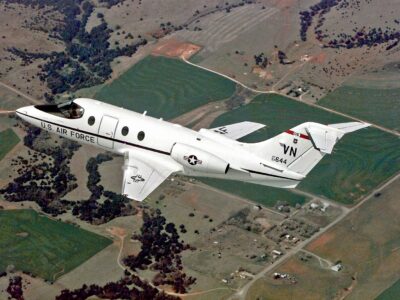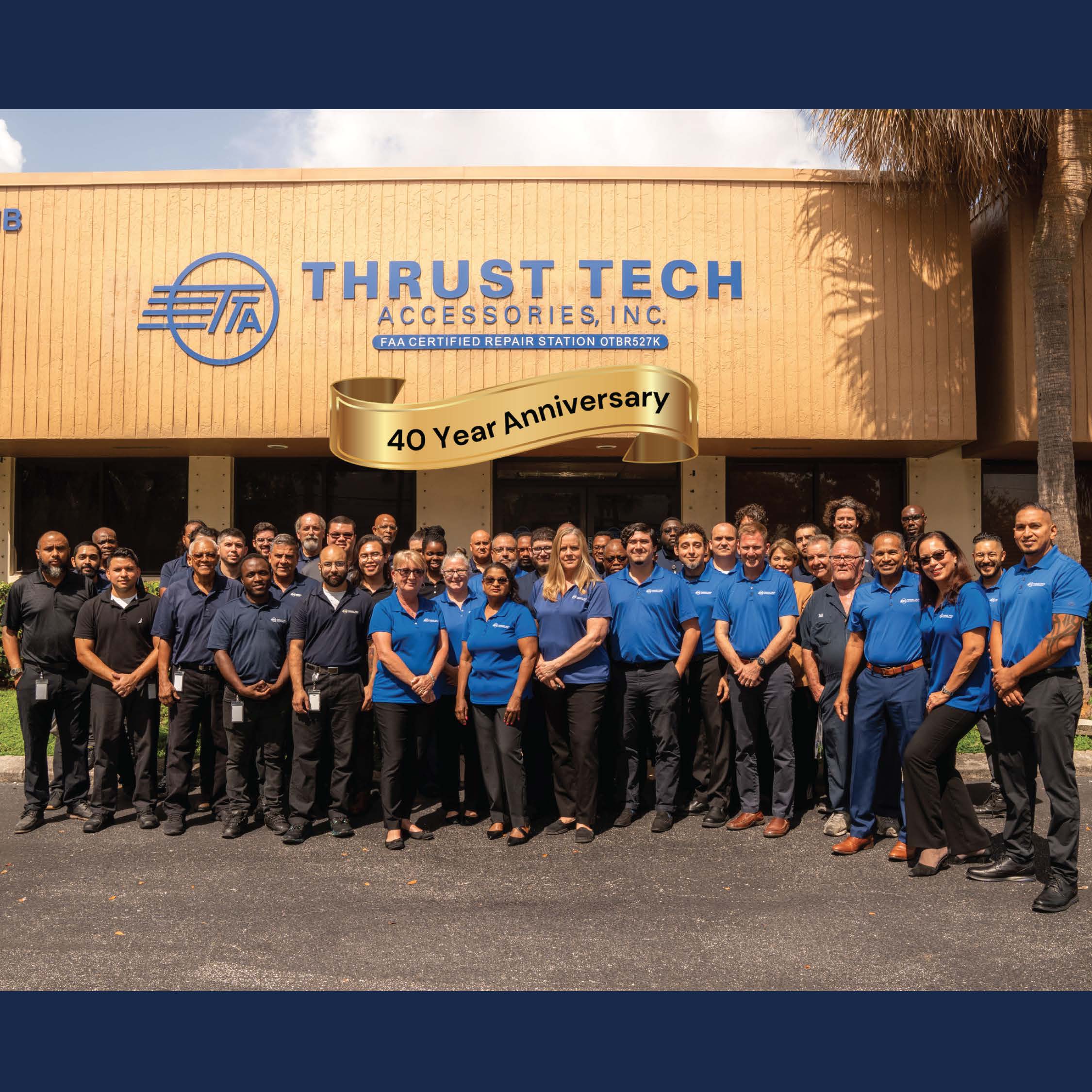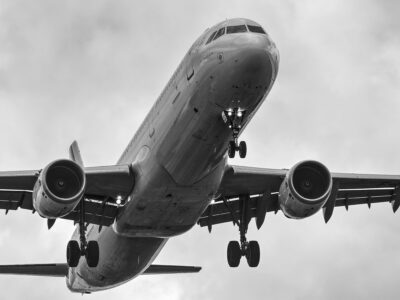TTA’s Tour of the World of Aircraft Types – Cont’
In this ongoing series, Thrust Tech Accessories (TTA) shines a light on the many different aircraft types presently in service around the world. Join us as we explore the roles they play in the myriad of industries they serve and the challenges they sometimes see in performing their important duties day-by-day, year-after-year, all across the globe.
We also wish to underscore the key role that MROs like TTA play behind-the-scenes in providing overhaul, repair, overhaul, and modification of engines and airframe accessory components that keep such aircraft flying properly, safely – and long into the future.
* * * * * * * * * * * * * * * * * * *
Embraer arose from a dream to transform Brazil into a country possessing the latest in technology. The journey began in 1950, when the Brazilian government launched ITA (Instituto Tecnológico de Aeronáutica) to train aeronautical engineers. Among them was Ozires Silva, a visionary who graduated in 1962 and subsequently coordinated the development of the new EMB110 Bandeirante aircraft project. Bandeirante translates into “pioneer” in English.
A turboprop designed for both commercial and military use, that aircraft gained such acceptance that it required a factory for serial production. Thus, Embraer was born, started by the Brazilian government on August 19, 1969, as a wholly-owned government company “Empresa Brasileira de Aeronáutica. Silva was appointed Embraer’s first president. Over the next 50-plus years, the aviation company evolved into a diverse, independent global entity with 18,000 employees.
Today, Embraer is the world’s third largest commercial jet airline manufacturer, after Boeing and Airbus. “It’s built a total of 8,000 aircraft, says Stanley Kowlessar, general manager of Thrust Tech Accessories (TTA), an FAA 145 and EASA Certified repair station provider of MRO services in Fort Lauderdale, Fla. “Did you know that an Embraer aircraft takes to the skies every 10 seconds, carrying approximately 145 million passengers per year? That’s an amazing fact.”
The ERJ is highly sought after by commercial airlines, corporations, private owners, and air charter companies.
While the company builds a variety of aircraft, Embraer’s workhorse ERJ series of aircraft includes the 30-seat 135, the 44-seat 140, the 50-seat 145, as well as 145XR jets and variants of those. They’re highly sought after by commercial airlines, corporations, private owners, and air charter companies. The 145XR, for example, offers a nonstop flying range of 2,000 nautical miles, which helps owners and operators expand their existing regional networks and seek out new opportunities for business.
“As the largest members of the ERJ family, the ERJ145 has built a solid record of performance for aircraft operators and owners,” emphasizes Kowlessar. “The success of this aircraft platform is easily seen in the numbers – more than 20 years of service in the airline industry, more than 26 million flight hours, and service with at least 36 airlines in 26 countries. By all accounts, the ERJ145 is truly a runway legend.”
Kowlessar says “our customers have embraced a variety of legacy Embraer platforms, and, on a daily basis, we assist them by providing overhaul, repairs, and functional testing capabilities for those. We handle everything from hydraulic pumps to generators, pneumatic valves, PDUs, stab actuators, pump and motor packages, and more.”
In fact, TTA’s decades of experience on these platforms allows its skilled technicians, mechanics, and engineers to quickly identify high-cost or high-replacement items when units come in for service. “As a result, we can provide our customers with cost-effective options to keep these components from going to BER (beyond economical repair) status or allow our customers to maintain their aircraft at a reasonable cost,” he says.
Embraer is leading the way with its sustainability roadmap and concepts development plan
Looking to the future, the aircraft manufacturing arena is rapidly evolving, given pressure from governments, regulatory organizations, and the general public to reduce airplane emissions. So, the industry has pledged to cut net carbon emissions to zero by 2050. “Embraer is leading the way with its sustainability roadmap and concepts development plan, announced in late 2021,” says Kowlessar, adding that Embraer’s newly-designed E195-E2 is the most fuel-efficient, single–aisle aircraft in commercial service. As 2023 began, the first of up to 100 such aircraft ordered by Porter Airlines was certificated by Transport Canada. That aircraft cuts emissions by 25 percent or more compared to previous generation aircraft.
In 2025, Embraer also is planning the first flight of its hydrogen-powered electric demonstrator, and in 2026, it will debut eVTOL, a fully electric, zero-emissions, vertical takeoff/landing vehicle. “Look for that vehicle to fly passengers around cities and transform urban mobility,” says Kowlessar, who adds that “the list of innovative, eco-friendly projects on the horizon for Embraer goes on.” For example, in 2050, Embraer’s aim is to introduce a hydrogen-powered E2 or similar-sized aircraft. “We certainly look forward to watching the progress,” says Kowlessar.
“As we’ve done for the past three decades, we’ll continue to adapt in order to provide expert MRO services to assist our customers as new, more eco-friendly aircraft types are developed,” he explains. “But here and now in 2023, give us a call. Given our proactive initiative to significantly increase our parts inventory over the past several years, plus our MRO experience on the ERJ platforms, we look forward to helping our customers keep their Embraer aircraft in tip-top shape and flying safely well into the future.”






